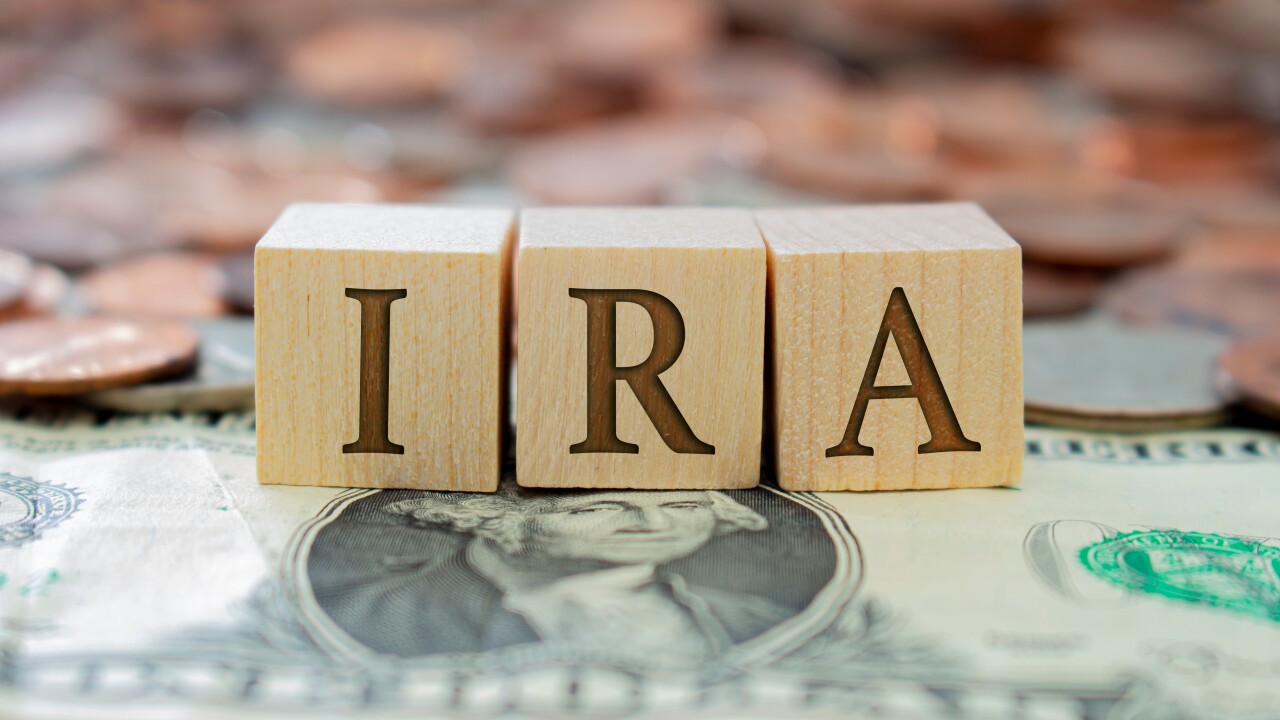Above-average employer contributions to 401(k)s are a key feature of retirement plans most likely to help employees amass the savings they need to live comfortably in retirement, according to a new report from Wells Fargo Institutional Retirement and Trust.
How much of an employer contribution do the strongest 401(k)s give employees? They provide a company match of at least 5% or offer profit sharing, the study says. They also feature diversified investment offerings and
Employees in so-called high influence plans, meaning workers were on the way to a comfortable retirement, are “on the path to replace 80% of their pre-retirement income once they retire,” the report says.
Mel Hooker, director of relationship management at Wells Fargo, emphasizes the importance of 401(k) plan design. “Companies can exert influence on the outcomes their employees have if they put together a well-structured retirement plan,” she says.

About 10% of the more than 2,000 plans analyzed were deemed to be high influence. Participants in these plans were found to have an average projected income replacement of 64%, while those in low influence plans had an average projected income replacement of just 48%.
The difference, Hooker says, is a “function of the design features that those plans have chosen.”
Employee participation in high influence plans was robust, with 89% of employees participating in them. More than half (55%) contributed 10% or more to their plans, including the company match. The overwhelming majority (88%) of the plans were appropriately diversified, according to the report.
The metrics for low influence plans were appreciably weaker, with only 39% of eligible employees participating in them. Only about one in three (34%) contributed 10% or more to the plans.
Overall, the trends were positive. From 2012 to 2017, employees contributing 10% or more to their 401(k)s increased 11%, with baby boomers more likely to contribute at that rate. Almost half (46%) of baby boomers contributed 10% or more, compared with 36% of Generation X and 29% of millennials who did so.
Employee participation in 401(k)s also increased over the five-year period, climbing 18%, according to the report.
While Hooker says that “plan design is king,” she also encourages employers to incorporate forward-thinking digital tools to help employees overcome psychological barriers to saving. Having a peer comparison tool with a simple “click here to change your deferral rate,” she says, is an easy way to boost employee contribution rates by an average of five percentage points.
“An employee doesn’t want to do something that is not as good as what their peers are doing,” she says.
The report analyzed more than 2,000 401(k) plans representing more than 4 million eligible employees in a range of industries.





